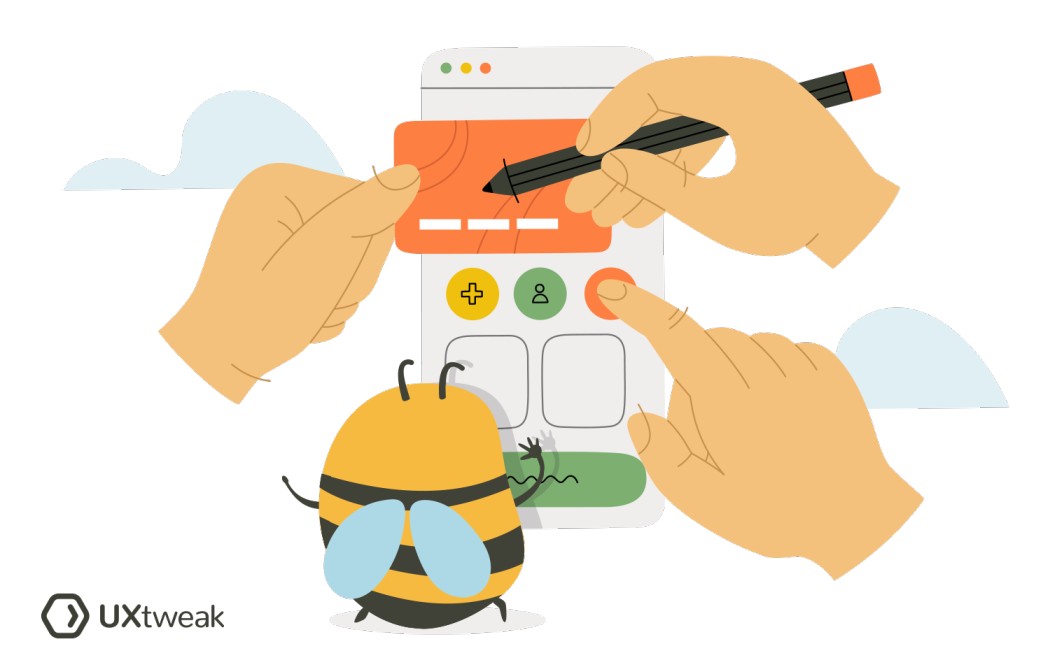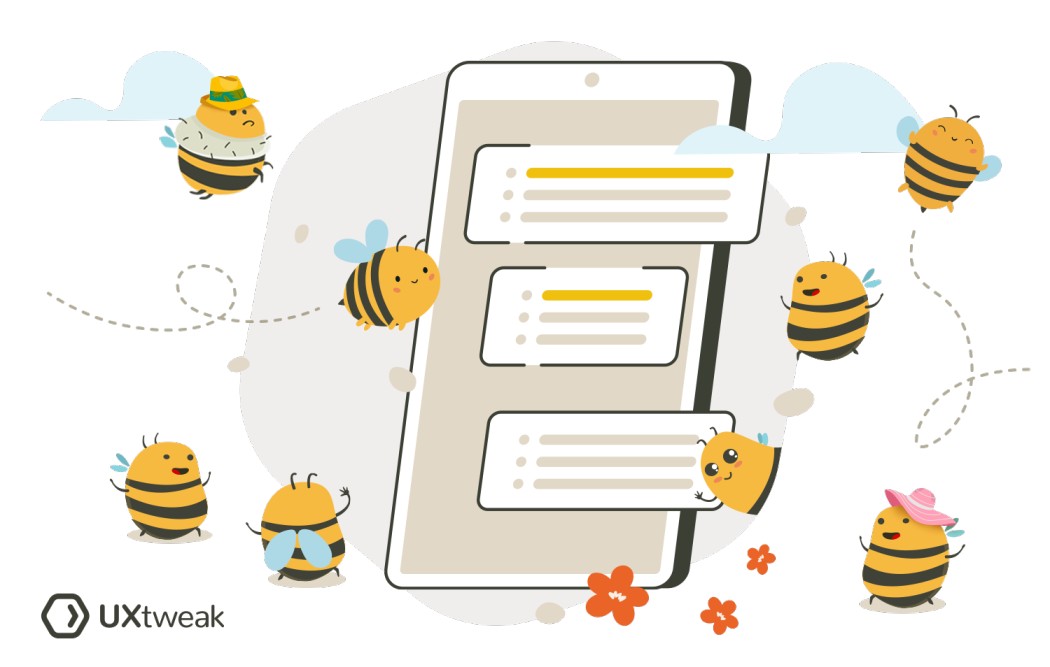When to use a minimum viable product?
- When speed is crucial, an MVP enables you to launch a basic version of your product quickly. It allows you to seize market opportunities, gain early traction, and start generating user feedback and revenue while continuing to iterate and refine the product.
- If you have limited resources, such as time, budget, or development capacity, an MVP can be a pragmatic approach. By focusing on the core functionality and essential features, you can make efficient use of available resources and still provide value to early adopters.
- Developing a full-scale product without validating assumptions or gathering feedback carries the risk of building something that doesn’t align with market demand. An MVP helps mitigate this risk by allowing you to test the desirability of your product concept early on.
Benefits of a minimum viable product
- Market feedback: The MVP release provides an opportunity to gather market feedback and evaluation. This allows you to gauge market acceptance of the product, estimate demand, and make data-driven decisions about future investments.
- Improved user experience: By focusing on delivering a core set of features, the MVP allows you to provide users with a simplified and focused experience. This simplicity and clarity can lead to a better user experience, as users can quickly understand and interact with the product without being overwhelmed by unnecessary complexity.
- User-centered development: The MVP approach places a strong emphasis on user feedback and involvement in the early stages of product development. By interacting with real users you can create a more user-centered product that better meets their needs.
How to build a minimum viable product?
- Define your goal: Figure out the purpose of your MVP. Define the problem you’re trying to solve, the target audience you want to serve, and the key value proposition of your product. This will help guide your decision-making throughout the development process.
- Identify the core features: Define the minimum set of features that are necessary to create the core value of your product. Focus on solving the main problems or needs of your target audience. Avoid adding unnecessary features that can increase complexity and development time.
- Create a user flow diagram: Develop a simplified user flow diagram that illustrates how users will navigate your product and interact with its main features. This process should be streamlined and focused on providing a seamless and valuable user experience.
- Design and prototyping: Use UX design tools or prototyping software to visually bring your MVP to life, allowing you to gather early feedback and iterate on the design.
- Test and collect feedback: Conduct usability testing with real users to get an idea of their experience with your MVP. Observe their interactions, listen to their feedback, and identify areas for improvement.
- Iterate and refine: Implement the necessary improvements, address usability issues, and take into account valuable suggestions from users. Keep the feedback loop open throughout the iterative process to continuously improve the product.
FAQ
The specific path following an MVP depends on the product, its target market, and the goals of the business. The key is to maintain a customer-centric approach, gather insights and align the product roadmap with user needs and business objectives.
It is developed after the initial concept and design have been formulated but before investing substantial resources into a full-scale product or service.





